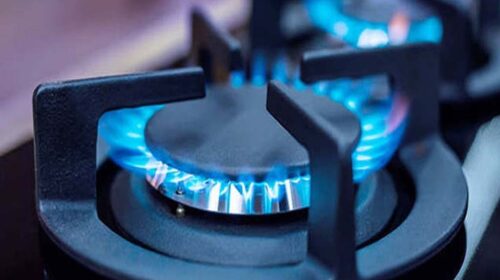Weighted average cost of gas (WACOG) Bill is a positive sign for Pakistan, as it would ensure gas availability across all sectors countering the impact of depleting domestic gas reserves.
Under the new pricing mechanism, the ratio of supply of local gas and the liquefied natural gas (LNG) would change to 50/50 from the current 70/30 in two years and 80/20 in the long run.
Descon Oxychem and Sitara Peroxide meet their feed requirement via imported RLNG. This would decrease the cost for the companies by 35 per cent. Further, HP prices have remained above the historical average to Rs140/kg, amid the global energy crisis. Better prices and lower input cost would enhance the margins for both companies.
Shabbir Tiles and Chemicals would face a double whammy of rising input cost and reduction in tiles prices in the short run. The company meets its power requirement via domestic gas, which increases the cost of production. The estimated market size of tiles is 57mn m2 that is majorly distributed among Shabbir Tiles (14 per cent), other local competitors (74 per cent) and imports/smuggled (12 per cent).
Most of the local players based in North region are reliant on RLNG to meet their energy requirement. With the new pricing formula, the input cost of RLNG-based players would reduce 35 per cent, translating into the reduction in tile prices. Lower pricing and higher cost of production would keep the margins of the company under check.
Engro Polymer Company Limited (EPCL) meets its power requirement via domestic gas and would face higher input cost. Increase in the gas rate by 30 per cent will be reflected in the upcoming quarters. However, in the long run, gas reliability would increase production, resulting in higher topline, as the company faces gas outages with the arrival of winter.
Lotte Chemical would remain insulated, as it comes under the export-oriented sector and is subject to concessionary rate.
Lucky Cement’s Karachi plant (south region) generally benefits from a consistent gas supply at the domestic gas tariff, while its Pezu Plant (north region) relies on furnace oil to fulfil its electricity requirements.
On an average, 50 per cent of the Lucky’s total cement production is fuelled by its gas-fired captive power plants. With the implementation of the WACOG pricing formula, the Lucky Cement’s production cost is projected to increase Rs135/tonne.







